-
 Bitcoin
Bitcoin $115000
0.12% -
 Ethereum
Ethereum $3701
4.50% -
 XRP
XRP $3.081
2.99% -
 Tether USDt
Tether USDt $0.0000
-0.01% -
 BNB
BNB $767.9
1.45% -
 Solana
Solana $169.5
3.13% -
 USDC
USDC $0.9999
0.01% -
 Dogecoin
Dogecoin $0.2106
4.30% -
 TRON
TRON $0.3334
1.62% -
 Cardano
Cardano $0.7564
2.54% -
 Stellar
Stellar $0.4165
0.76% -
 Hyperliquid
Hyperliquid $38.75
0.25% -
 Sui
Sui $3.593
3.00% -
 Chainlink
Chainlink $17.08
3.59% -
 Bitcoin Cash
Bitcoin Cash $573.6
4.35% -
 Hedera
Hedera $0.2508
-0.84% -
 Avalanche
Avalanche $23.07
6.46% -
 Ethena USDe
Ethena USDe $1.001
-0.02% -
 Litecoin
Litecoin $120.8
8.17% -
 UNUS SED LEO
UNUS SED LEO $8.943
-0.32% -
 Toncoin
Toncoin $3.400
-5.60% -
 Shiba Inu
Shiba Inu $0.00001255
1.54% -
 Uniswap
Uniswap $9.908
6.32% -
 Polkadot
Polkadot $3.718
2.10% -
 Monero
Monero $303.0
-0.74% -
 Dai
Dai $0.9999
-0.02% -
 Bitget Token
Bitget Token $4.392
0.91% -
 Cronos
Cronos $0.1403
6.31% -
 Pepe
Pepe $0.00001076
1.13% -
 Aave
Aave $267.2
1.80%
What is the circulating supply of AAVE coins?
AAVE's circulating supply, which represents available tokens for trading and use, influences market liquidity and value, as a higher circulating supply indicates a more liquid market and a potential impact on the token's price.
Dec 30, 2024 at 02:19 am
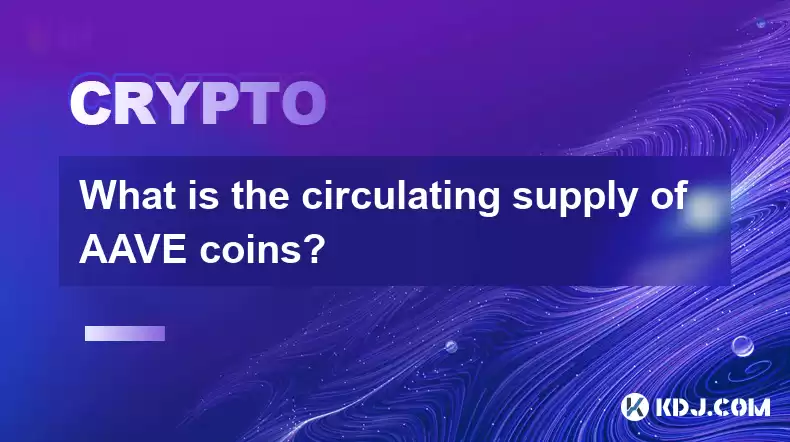
Understanding the Circulating Supply of AAVE: A Comprehensive Guide
Key Points
- Circulating Supply vs. Total Supply
- Methods for Calculating Circulating Supply
- Factors Influencing Circulating Supply
- Implication for AAVE's Liquidity and Value
AAVE's Circulating Supply in Detail
Circulating Supply vs. Total Supply
- Circulating supply: Represents the number of AAVE coins currently available for trading and use in the market.
- Total supply: Refers to the total number of AAVE coins that have been created or will be created in the future. This includes both circulating and non-circulating coins.
Methods for Calculating Circulating Supply
- On-chain analysis: Examining the blockchain to count the number of AAVE coins held in wallets that are not associated with exchanges or other entities that hold coins for custody or staking.
- Exchange data: Aggregating the number of AAVE coins held on major cryptocurrency exchanges.
- Official announcements: Referring to official statements from the AAVE team or their partners regarding the circulating supply.
Factors Influencing Circulating Supply
- Token burns: The process of permanently removing AAVE coins from circulation, reducing the circulating supply. This can occur through specific burn mechanisms implemented by the AAVE team.
- Token issuance: The creation of new AAVE coins, which can increase the total supply but may not necessarily increase the circulating supply. New coins may be allocated for various purposes, such as team allocation, rewards, or fundraising.
- Staking and vesting: AAVE coins that are staked or vested for specific periods of time are typically not included in the circulating supply, as they are not readily available for trading.
Implication for AAVE's Liquidity and Value
- Liquidity: A higher circulating supply generally indicates a more liquid market, as there are more tokens available for trading. This can facilitate smoother trading and reduce price volatility.
- Value: The circulating supply can influence the market capitalization of AAVE, which is calculated by multiplying the circulating supply by the current price. A larger circulating supply may spread the value of the tokens across more holders, potentially affecting the overall price per coin.
Frequently Asked Questions
Q: What is the current circulating supply of AAVE coins?
A: As of [date], the circulating supply of AAVE coins is approximately [number].
Q: How does the circulating supply of AAVE compare to its total supply?
A: The circulating supply is usually lower than the total supply, as some coins may be locked in staking, vesting, or other mechanisms.
Q: Can the circulating supply of AAVE change over time?
A: Yes, the circulating supply can increase or decrease depending on factors such as new token issuance, token burns, and changes in staking or vesting arrangements.
Disclaimer:info@kdj.com
The information provided is not trading advice. kdj.com does not assume any responsibility for any investments made based on the information provided in this article. Cryptocurrencies are highly volatile and it is highly recommended that you invest with caution after thorough research!
If you believe that the content used on this website infringes your copyright, please contact us immediately (info@kdj.com) and we will delete it promptly.
- Velo Universe, DEX, and DeFi Security: Navigating the Future of Decentralized Trading
- 2025-08-05 09:25:13
- Bitget Wallet Revolutionizes Solana with Gas-Free Transactions: A New Era for DeFi
- 2025-08-05 09:25:13
- Ozak AI, Crypto Boom, and ROI Potential: Is This the Next Big Thing?
- 2025-08-05 09:25:24
- Solana's ETF Hopes & the All-Time High Chase: Is SOL Set to Soar?
- 2025-08-05 09:25:24
- Coinbase's Brian Armstrong and the Art of Focused Work: A Deep Dive
- 2025-08-05 09:25:30
- Uniswap Price Prediction: Bullish Reversal on the Horizon?
- 2025-08-05 09:25:30
Related knowledge
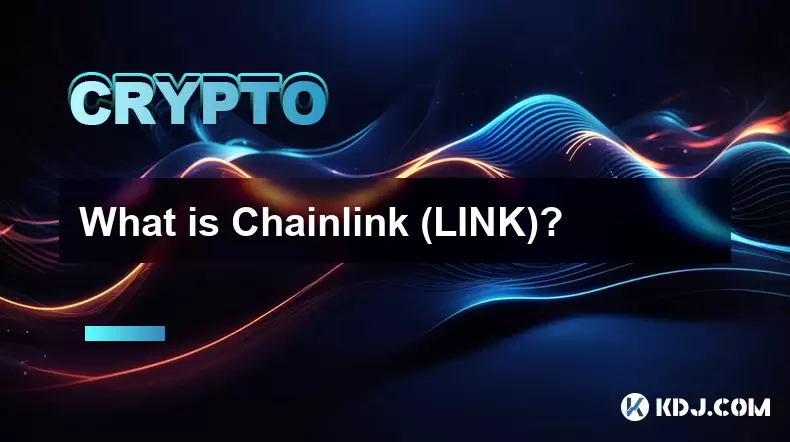
What is Chainlink (LINK)?
Jul 22,2025 at 02:14am
Understanding Chainlink (LINK): The Decentralized Oracle NetworkChainlink is a decentralized oracle network designed to bridge the gap between blockch...
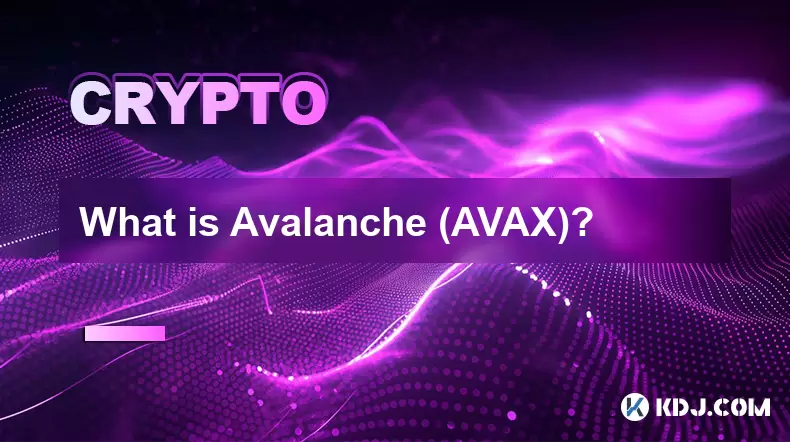
What is Avalanche (AVAX)?
Jul 22,2025 at 08:35am
What is Avalanche (AVAX)?Avalanche (AVAX) is a decentralized, open-source blockchain platform designed to support high-performance decentralized appli...
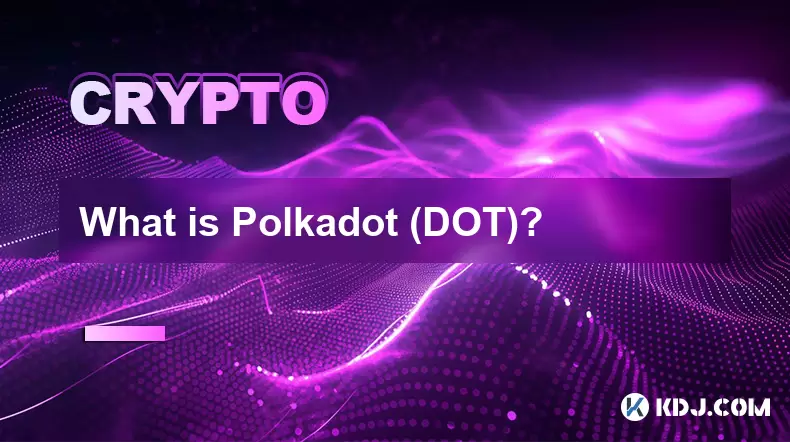
What is Polkadot (DOT)?
Jul 19,2025 at 06:35pm
Understanding the Basics of Polkadot (DOT)Polkadot (DOT) is a multi-chain network protocol designed to enable different blockchains to transfer messag...
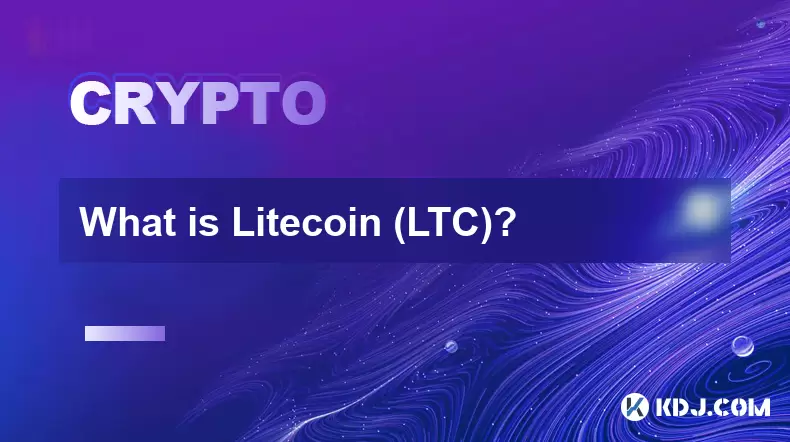
What is Litecoin (LTC)?
Jul 23,2025 at 11:35am
Overview of Litecoin (LTC)Litecoin (LTC) is a peer-to-peer cryptocurrency that was created in 2011 by Charlie Lee, a former Google engineer. It is oft...
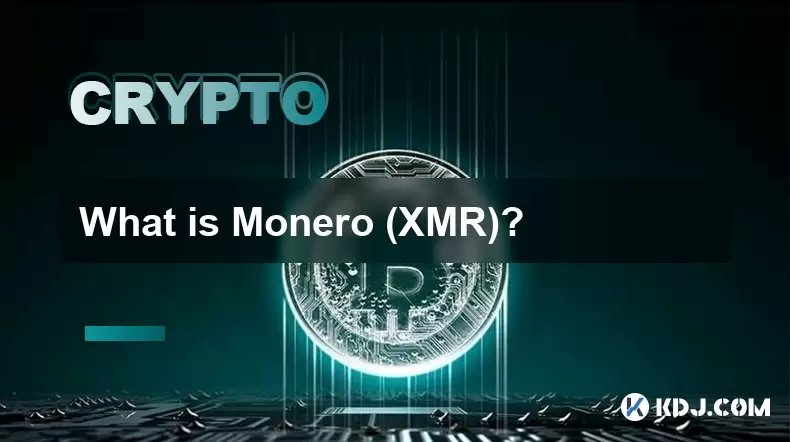
What is Monero (XMR)?
Jul 21,2025 at 10:07am
What is Monero (XMR)?Monero (XMR) is a decentralized cryptocurrency designed to provide enhanced privacy and anonymity for its users. Unlike Bitcoin a...
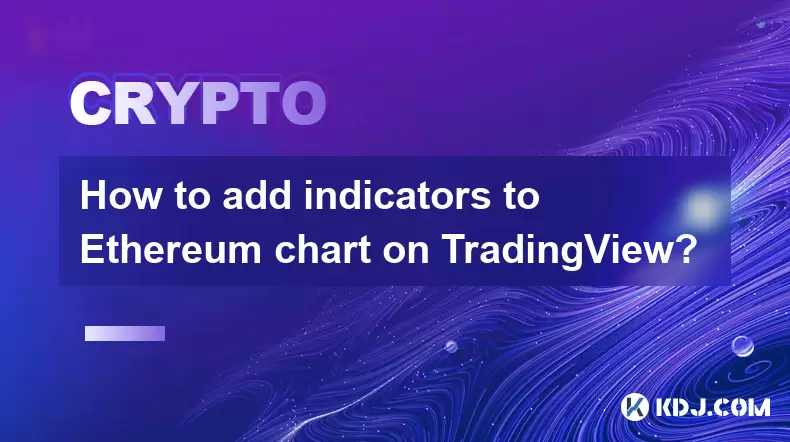
How to add indicators to Ethereum chart on TradingView?
Jul 19,2025 at 07:15am
What Is an Ethereum Chart on TradingView?The Ethereum chart on TradingView is a visual representation of the price movement of Ethereum (ETH) over a s...

What is Chainlink (LINK)?
Jul 22,2025 at 02:14am
Understanding Chainlink (LINK): The Decentralized Oracle NetworkChainlink is a decentralized oracle network designed to bridge the gap between blockch...

What is Avalanche (AVAX)?
Jul 22,2025 at 08:35am
What is Avalanche (AVAX)?Avalanche (AVAX) is a decentralized, open-source blockchain platform designed to support high-performance decentralized appli...

What is Polkadot (DOT)?
Jul 19,2025 at 06:35pm
Understanding the Basics of Polkadot (DOT)Polkadot (DOT) is a multi-chain network protocol designed to enable different blockchains to transfer messag...

What is Litecoin (LTC)?
Jul 23,2025 at 11:35am
Overview of Litecoin (LTC)Litecoin (LTC) is a peer-to-peer cryptocurrency that was created in 2011 by Charlie Lee, a former Google engineer. It is oft...

What is Monero (XMR)?
Jul 21,2025 at 10:07am
What is Monero (XMR)?Monero (XMR) is a decentralized cryptocurrency designed to provide enhanced privacy and anonymity for its users. Unlike Bitcoin a...

How to add indicators to Ethereum chart on TradingView?
Jul 19,2025 at 07:15am
What Is an Ethereum Chart on TradingView?The Ethereum chart on TradingView is a visual representation of the price movement of Ethereum (ETH) over a s...
See all articles

























































































